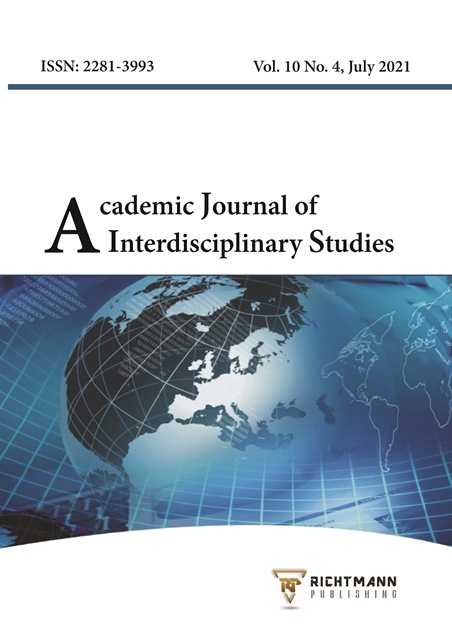New Norms of Online Teaching and Learning: Covid-19 Semester Experience for Universiti Malaysia Terengganu Students
DOI:
https://doi.org/10.36941/ajis-2021-0114Keywords:
Pandemics, New Norms, Online Teaching and LearningAbstract
The COVID-19 pandemic has affected the national education agenda at all levels of education. New Teaching and Learning (T&L) online norms have been executed except for specific academic programs and subjects only since 18 March 2020 when the Movement Control Order (MCO) was administered and continued to this day. To guarantee students’ continuity of education without online T&L dropout, online face-to-face (Synchronous) or not face-to-face (Asynchronous) is now become the primary approach and method platform with many virtual education applications. Therefore, this research examined students’ readiness to follow online teaching and learning and analysed the impact of online T&L on the national education agenda. This study involved 133 students of Diploma in Fisheries, Universiti Malaysia Terengganu, for the first semester of 2020-21. Data were obtained through a questionnaire using Google Form and presented to students by sharing links to their WhatsApp group in the final week of study. The questionnaire was adapted from several instruments related to various aspects of online T&L during the COVID-19 pandemic. The outcomes revealed that most students were among Gen-Z with digital literacy background. Thus, it was assisting them having a high level of readiness to face online T&L. In terms of the availability of device infrastructure, internet access, e-Learning, and computers, most (80%) have mastered it. Only (20%) have low proficiency due to limited experience using computers and gadgets due to family constraints and their literacy levels. The research conclusion recommends a consecutive enhancement in curriculum structure flexibility, delivery, evaluation; internet accessibility and digital gap, and self-motivation of students entering the era of the self-regulated learner. Transformation demands the strategic cooperation of various parties in educational institutions, government agencies, the private sector, NGOs, and people’s leaders in the interest of the country’s advancing education relevant to the era of global technology-oriented education and digital infrastructure.
Received: 4 March 2021 / Accepted: 6 May 2021 / Published: 8 July 2021
Downloads
Downloads
Published
Issue
Section
License

This work is licensed under a Creative Commons Attribution-NonCommercial 4.0 International License.
This work is licensed under a Creative Commons Attribution-NonCommercial 4.0 International License.








